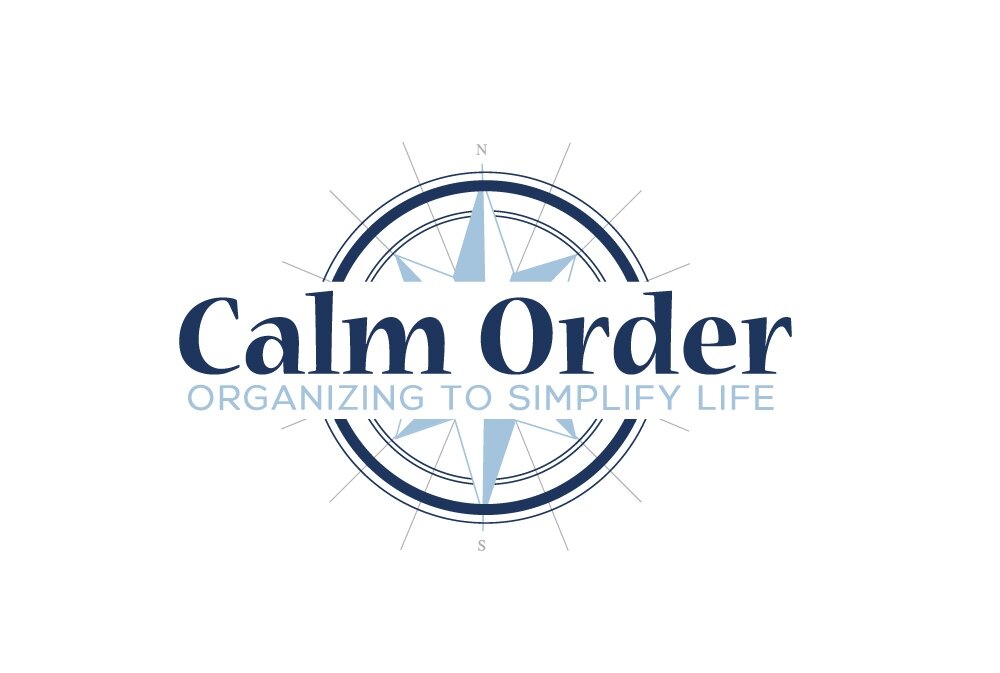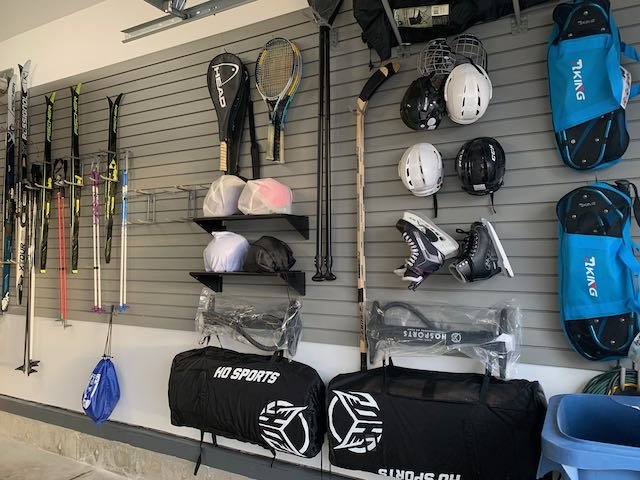Garages usually have a lot of items to store, but not at lot of space to store them, especially when there are vehicles that need to be parked inside! Check out these creative solutions to maximize storage space in your garage while keeping your belongings organized. It doesn’t take much to get organized.
1. Tool rack
Avoid leaning your brooms and shovels against the wall or having them scattered throughout your garage. tool racks are the perfect solution to storing these larger and in the way items.
2. Garage track Systems
Use hooks to hang multiple items, whether it’s a bike, cords, or sporting equipment from the garage track on the ceiling. This will maximize the space on the ceiling without interfering with vehicles or the garage door.
3. Glass jars, plastic containers
Glass jars and plastic containers are great solutions to storing nuts, bolts, and screws. They’ll be easy to identify and access, and stack nicely on shelving units or workbenches. The jars will also help keep like items with other like items and prevent these small items from becoming clutter piles in a drawer or cupboard.
4. Peg boards or Slat wall - WE LOVE!
Using peg board to store your tools makes them more easily accessible. The tools can also be easily rearranged and added on to the board. Slat wall Systems are our favourite as they allow for customized wall storage that can fit a wide range of items from bottles and containers to hoses, wires, and power tools with hooks, shelves, or hanging baskets. These systems are not all created equal. Store wall is our favourite as they offer a tonne of accessories from hooks to ball bags and shelving and bins that fasten on the wall.
5. Magnetic tool bar
They’re great for knives in a kitchen, but who knew they also worked great with wrenches and other metal tools in your garage? Try mounting a magnetic strip around your work bench or on the wall above to store these items. You won’t need to worry about finding special hooks or drawer inserts. Just take them and place them back on the magnetic strip when you’re done!













